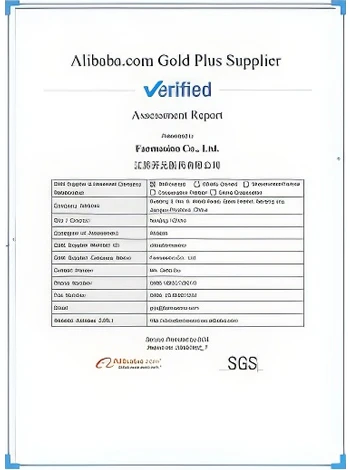



chemicals used in waste water treatment
Chemicals Used in Wastewater Treatment An Overview
Wastewater treatment is a critical process that helps in managing and mitigating the effects of waste and pollutants discharged into the environment. The treatment of wastewater is crucial for protecting public health and maintaining the integrity of ecosystems. One of the essential aspects of this process involves the use of various chemicals tailored to facilitate the removal of contaminants and pathogens. This article delves into the primary chemicals utilized in wastewater treatment and their functions.
1. Coagulants and Flocculants
Coagulation and flocculation are fundamental processes in wastewater treatment designed to aggregate suspended particles into larger clusters, or flocs, which can then be easily removed. Common coagulants include aluminum sulfate (alum) and ferric chloride. Alum reacts with dissolved particles to form a gelatinous mass, aiding in the sedimentation process. Ferric chloride, on the other hand, effectively removes phosphorus from wastewater, which is essential as excessive phosphorus can lead to algal blooms in water bodies.
Flocculants such as polyacrylamides are also employed to enhance the flocculation process. These synthetic polymers increase the size and density of the flocs, leading to more efficient sedimentation and filtration.
2. Disinfectants
The primary purpose of disinfectants in wastewater treatment is to eliminate pathogens that can pose health risks. Chlorination has been a traditional method used for disinfection. The addition of chlorine or chlorine compounds effectively destroys bacteria, viruses, and protozoa. However, the formation of chlorinated by-products, which can be harmful to human health and the environment, has led to a search for alternative disinfectants.
One such alternative is ultraviolet (UV) light, which inactivates microorganisms without adding chemicals to the water. Another increasingly popular disinfectant is ozone. Ozone is a potent oxidizer that rapidly kills pathogens and decomposes into oxygen, making it an environmentally friendly option.
chemicals used in waste water treatment

3. pH Adjusters
The pH level of wastewater can significantly impact the effectiveness of various treatment processes. It is often necessary to adjust the pH to optimize conditions for microbial activity or chemical reactions. Common acids, such as sulfuric acid and hydrochloric acid, are used to lower pH levels, while sodium hydroxide and lime are used to raise pH levels. Maintaining an appropriate pH is crucial, as it ensures optimal performance of coagulants and aids in the removal of heavy metals.
4. Nutrient Removal Chemicals
Excess nitrogen and phosphorus in wastewater can lead to eutrophication, which degrades water quality and aquatic life. Chemicals such as sodium nitrate and calcium carbonate are used to treat nitrogenous compounds. Advanced treatment technologies, such as biological nutrient removal (BNR), often utilize these chemicals in conjunction with biological processes to effectively remove nutrients.
5. Adsorbents and Stabilizers
Adsorption is another widely used technique in wastewater treatment. Activated carbon is the most common adsorbent, effectively removing organic compounds and chlorine residuals from wastewater. Additionally, stabilizers, such as lime, are utilized to stabilize sludge and make it less odorous and more manageable.
Conclusion
The use of chemicals in wastewater treatment is indispensable for ensuring safe and clean water discharge into the environment. Understanding the various chemicals and their specific roles is vital for optimizing treatment processes and achieving regulatory compliance. As technology and regulations continue to evolve, the introduction of innovative chemical treatments will play an essential role in advancing wastewater management practices. Overall, the effective application of these chemicals not only helps in protecting public health but also contributes to the sustainability of our water resources.
-
Why Strontium Carbonate Still MattersNewsJun.06,2025
-
Why BaSO4 MattersNewsJun.06,2025
-
Why Barium Carbonate Still MattersNewsJun.06,2025
-
Strontium Hydroxide: A Versatile Compound for Modern ApplicationsNewsJun.06,2025
-
Strontium Chloride in Daily IndustryNewsJun.06,2025
-
Pure Potassium Nitrate for SaleNewsJun.06,2025
-
What Is Sodium Bisulfate Used For?NewsMay.15,2025










